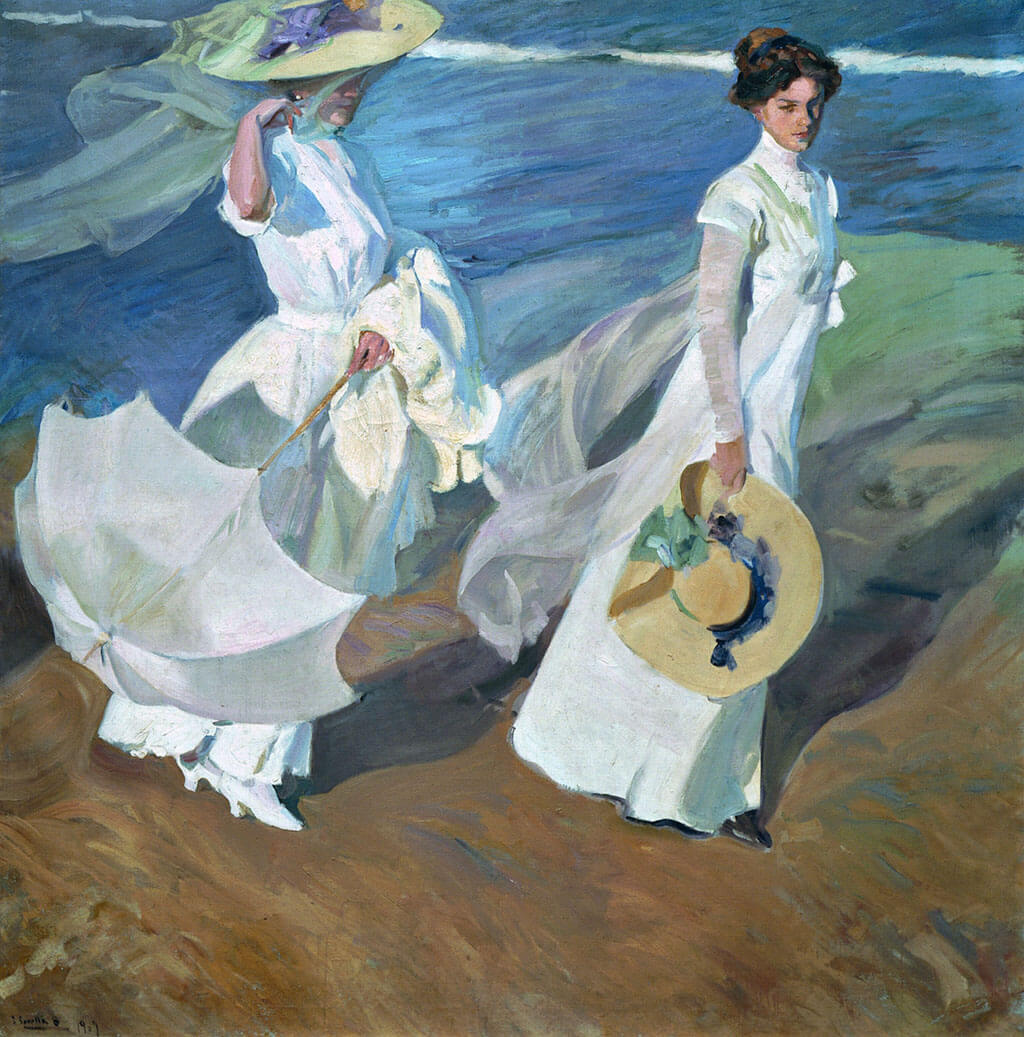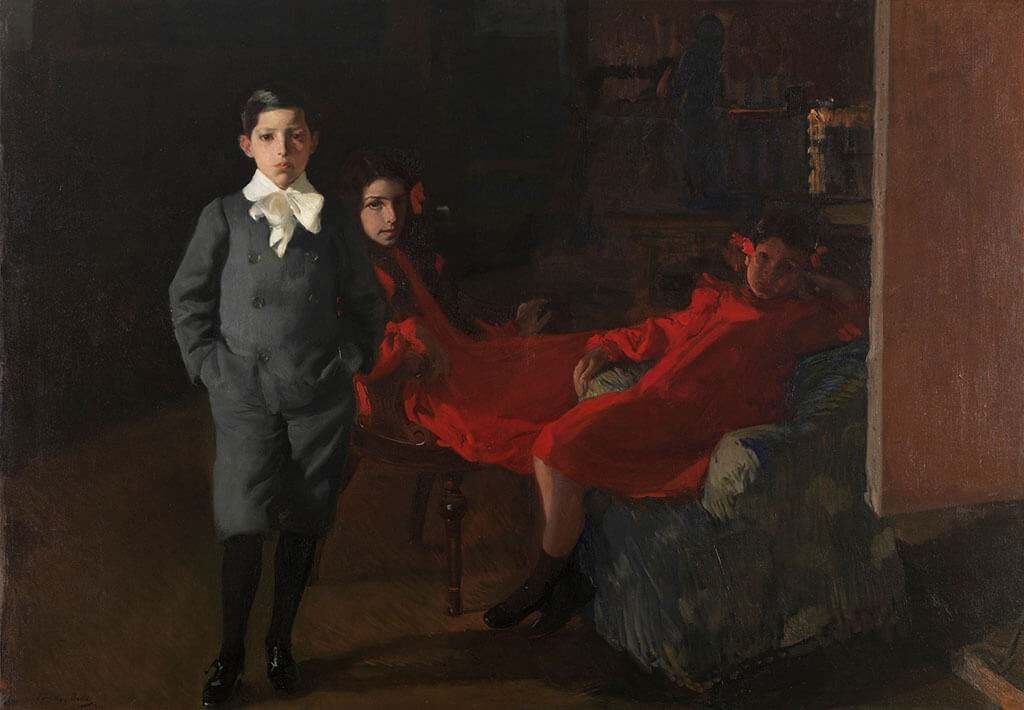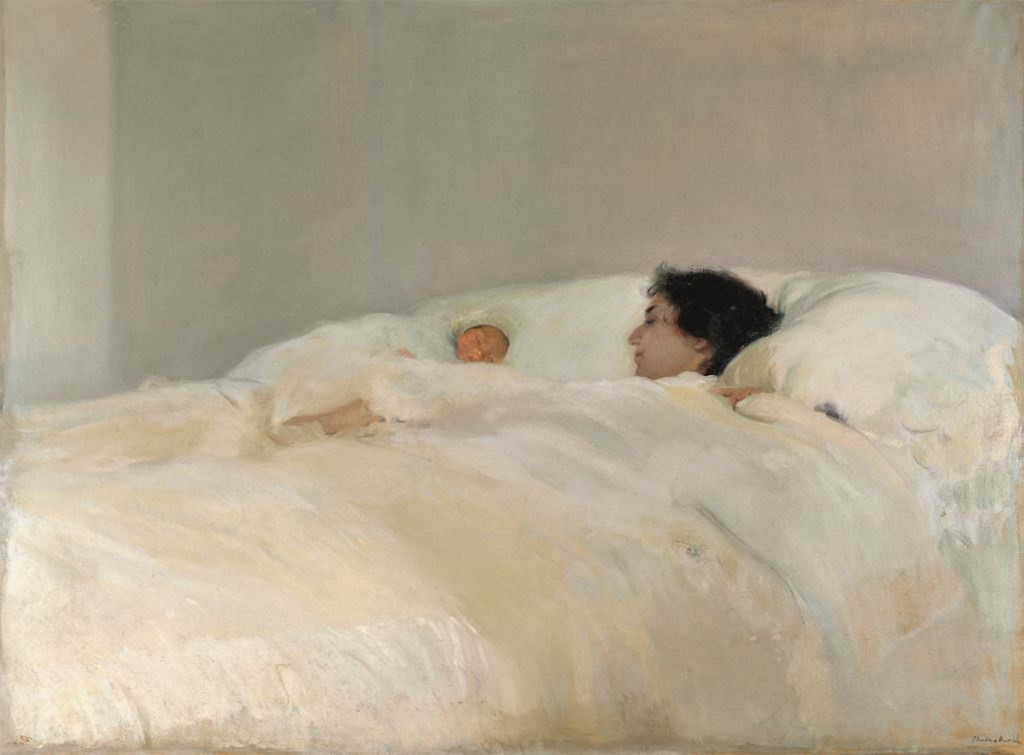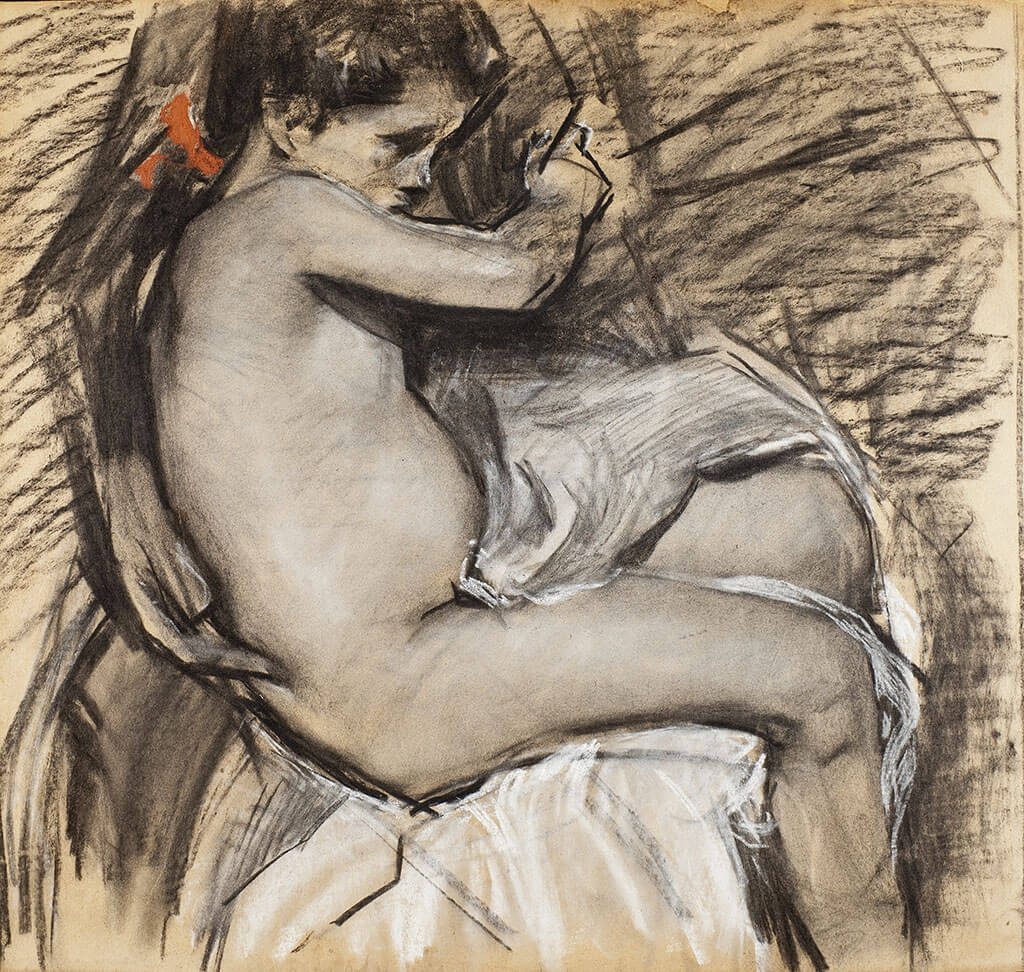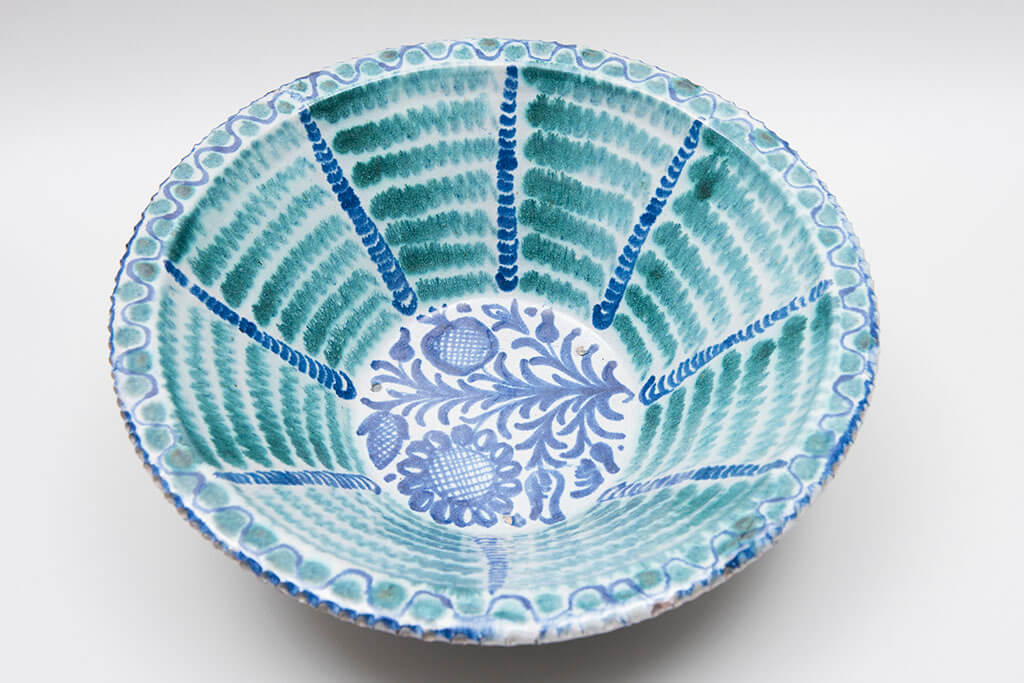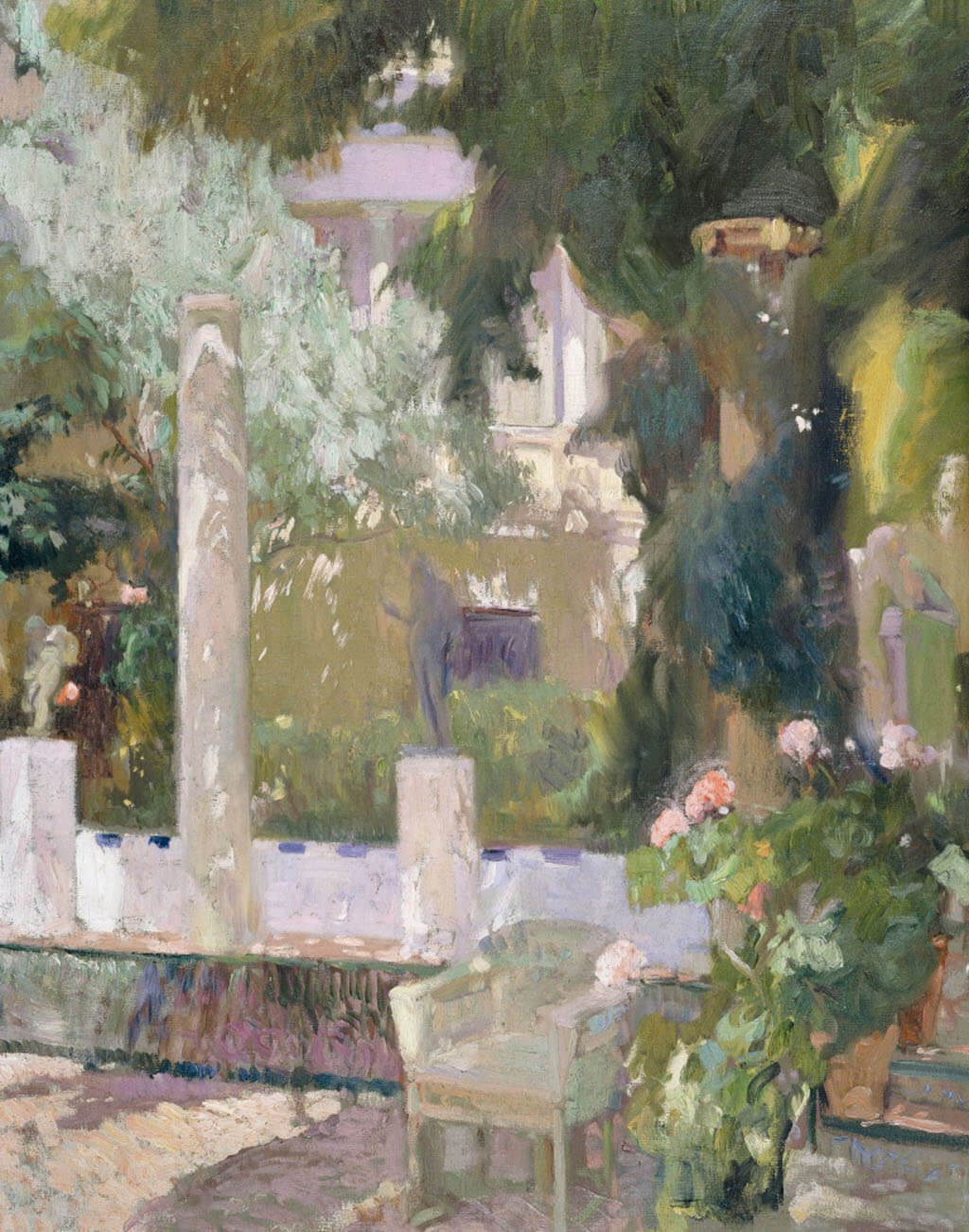Sorolla Museum
Mission and Vision
The Museum’s mission, as set out in the will of its founder, Clotilde García del Castillo, is: “The conservation and public exhibition of the original works of Mr Joaquín Sorolla, as well as all the pictures, objets d'art, furniture, and so on, in the house situated at 37 Paseo del General Martínez Campos and any other works that may be acquired in the future for the museum”. Accordingly, the Museum’s mission is to:
- Preserve the legacy of Joaquín Sorolla: his home and garden, and the collections contained therein in the best possible condition so that they can be enjoyed by current and future generations.
- Document and catalogue his collections so as to raise awareness of and better preserve them.
- Carry out and promote research into the work of Joaquín Sorolla and its context from all perspectives.
- Exhibit the collections in the best possible conditions in order to facilitate their viewing and interpretation.
- Disseminate Sorolla’s legacy at all levels and make it accessible to as many people as possible.
- Enhance the painting collections so as to have a complete selection of representative works from all stages of his career.
The Sorolla Museum aims to promote maximum awareness and enjoyment of Joaquín Sorolla’s legacy by as many people and types of public as possible in the conviction that this legacy, and particularly the works of Joaquín Sorolla, can provide a positive and enriching emotional and aesthetic experience, stimulate their senses, make them aware of the role of the sense of sight as an instrument of knowledge and encourage them to develop their own creative abilities.
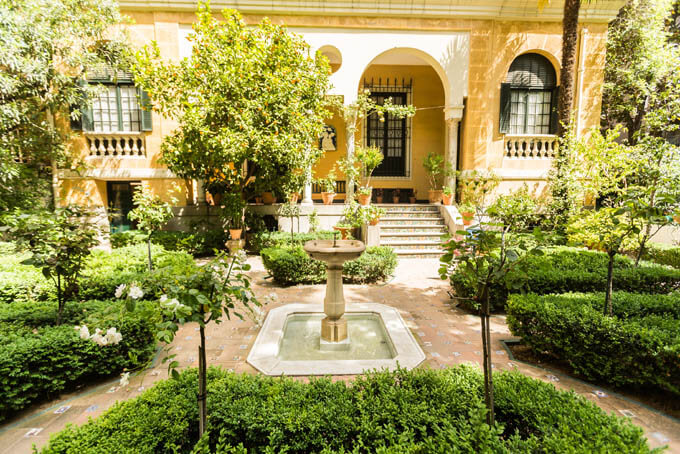
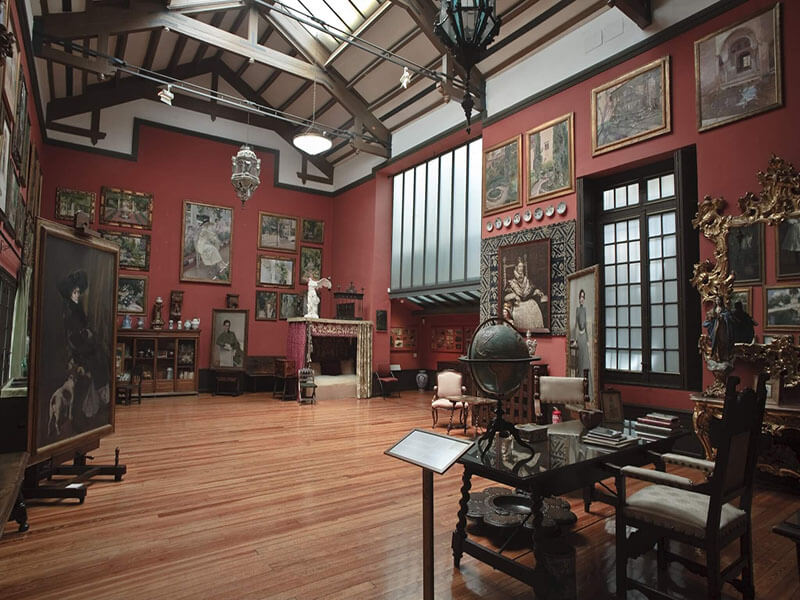

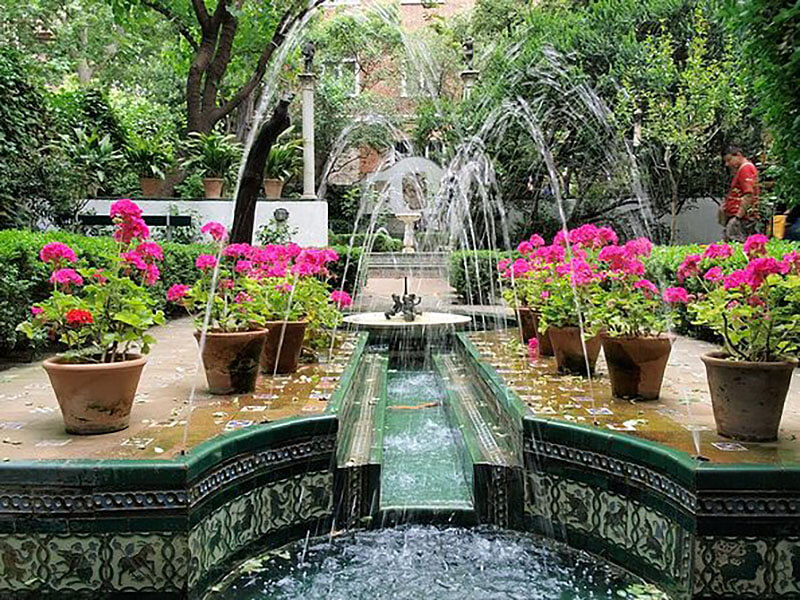
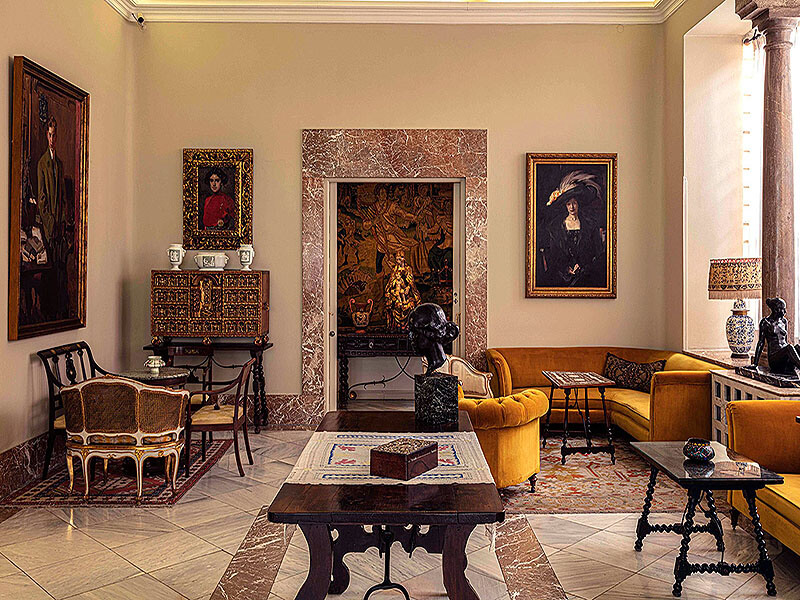
The building
From his early days in Madrid in the 1880s until the construction of his home in 1911, Sorolla set up his house and studio in various different neighbourhoods, little by little forming a clear idea of where he wanted to live and work. One of his greatest wishes was to combine his place of work and his living quarters so that he could be close to his family at all times, and to have a garden for health and aesthetic reasons.
In 1905, in view of his good financial situation, he purchased a plot and began to envisage and design his future home. In 1909, after the success of his exhibitions in the United States, he commissioned the project to the architect Enrique María de Repullés y Vargas (1845-1922) and, shortly afterwards, had the opportunity to purchase a second plot and the project was redesigned. The house was completed in 1911 and the family moved in before the end of the year.
The artist treated the house as a personal project and was actively involved in its design, as evidenced by the extraordinary collection of drawings by the artist in the Museum. On the ground floor, Sorolla located his work area, consisting of three studios with high ceilings, abundant overhead light and its own entrance from the garden, as well as the communal domestic areas of the house, i.e., the salon and dining room, which were accessed via a portico in the first garden. The first floor housed the family bedrooms and the third the servants’ bedrooms. The mezzanine floor, ventilated by the Andalusian Courtyard contained the kitchen, some other rooms, and the caretakers’ quarters. The house had electric light and central heating. The garden was also created by Sorolla, who designed the layout, chose the plants, and made it one of the favourite subjects of his paintings in his last years.
The Exhibition
The museum has a wide variety of elements from the late 19th and early 20th centuries that were creations of the author or family acquisitions. Among them stand out: Paintings, drawings, sculture, ceramics, jewlery, textile, furniture, photographs, documents, and home decoration items. Currently, the museum is closed for expansion renovations that are expected to be completed in 2026.

